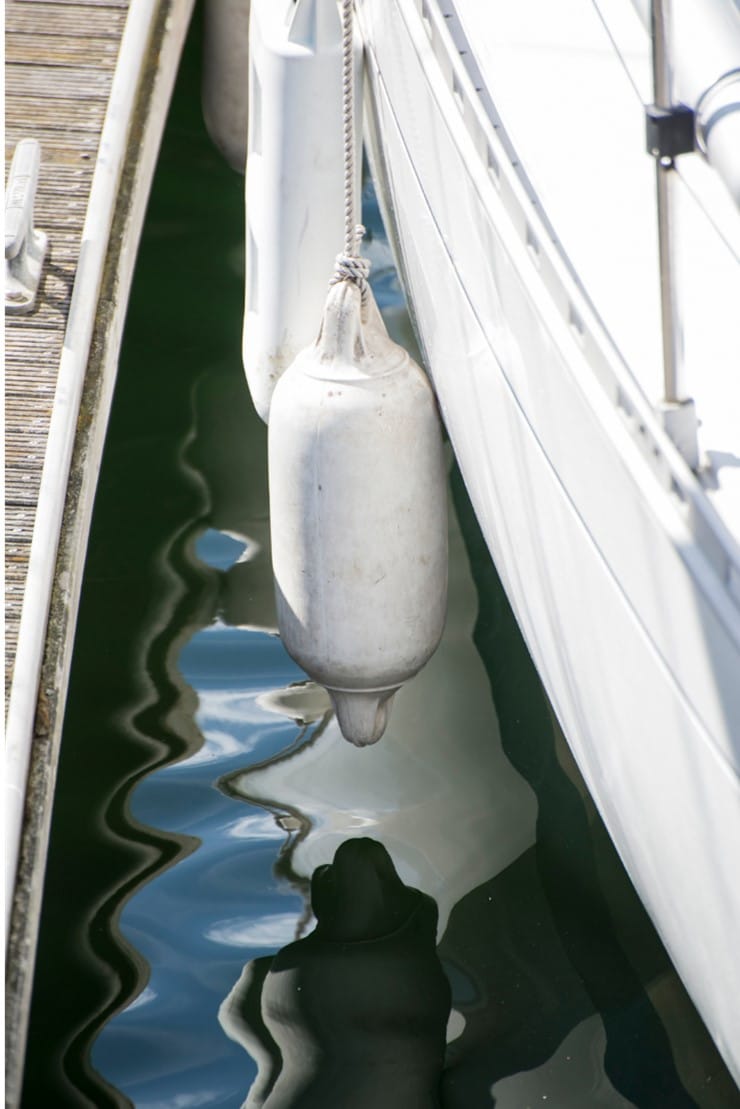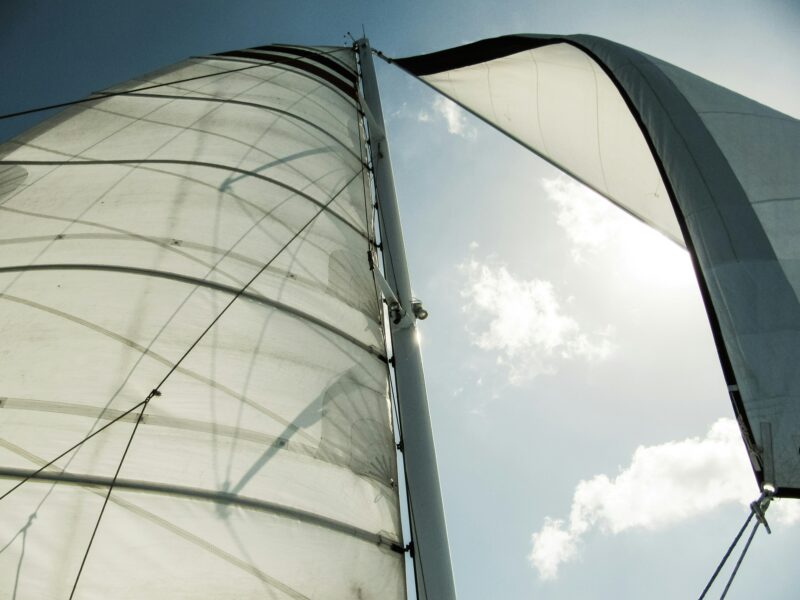Preparing your boat for winter afloat: 8 Essential Steps
As winter approaches, many boat owners realise it's time to get their boats ready for the harsh season ahead. While some prefer to take their boat out of the water and put it ashore, others choose to leave it afloat, which can be a very good option if certain precautions are taken. Leaving a boat in the water over winter involves a series of checks and adjustments to avoid any nasty surprises. In this article, we take a look at 8 essential steps you can take to prepare your boat for winter afloat.
1: Secure the mooring
The first step in preparing your boat to spend the winter afloat is to secure its mooring. A solid mooring is the key to preventing the boat from being damaged by water movements, particularly during winter storms. Make sure your mooring lines are in good condition, with no signs of wear or fatigue.
Don't forget to double up on the mooring lines: a main mooring line and a spare line in case the main line breaks.
Spread the attachment points over several cleats, to reduce the tension on each mooring line, and therefore the risk of breaking.
2: Check the fenders
To protect your boat's hull effectively, it is essential to use fenders that are in good condition and in adequate quantity. Fenders that are too damaged should be replaced.
Make sure they are securely fastened to prevent them from falling into the water.
Place fenders between your boat and the one moored next to it. This will give your hull extra protection, particularly during gales or manoeuvres in port.
Boaters can also install bumpers and other protection directly on the pontoon to increase the overall safety of the boat's hull.

3: Remove the sails
Sails are among the most exposed and vulnerable parts of a boat during winter weather. It is strongly recommended to remove the sails before winter arrives and store them in a dry, well-ventilated area.
Not only does this prevent the sails from unrolling and tearing in the wind, it also protects them from damp and mould, prolonging their life.
If you still decide to leave the mainsail in place, make sure it is carefully furled and protected by a strong cover. Make sure the cover is securely fastened to prevent it from catching in the wind. You should also check that the sail is perfectly tensioned, and avoid any folds or excessive tension, which could cause serious damage.

4: Remove anything that catches the wind
One of the golden rules for getting your boat ready to spend the winter afloat is to minimise the wind load. The more parts are exposed to the wind, the greater the risk of damage, especially in stormy weather. Anything that can be removed from the deck should be. This includes, in particular, biminis, awnings, sunscreens, as well as decorative elements or non-essential accessories.
Solar panels should be securely fixed or removed if possible, especially if they are mounted on tilting brackets. Don't forget to check antennae and other outdoor electronic equipment, which can become detached in the wind.
5: Tighten the halyards

Halyards are often overlooked during winter preparations, yet they can cause significant problems if not properly tightened. Loose halyards can not only create a lot of noise by slapping against the mast in the wind but they can also wear out prematurely.
To avoid this, take the time to tighten all halyards firmly.
6: Disconnect your boat
Boats are not allowed to remain connected to the electrical network if no one is on board.
Disconnecting your boat reduces the risk of fires, prevents battery overload, and also helps save energy.
Sensitive to these safety issues, Brest's marinas have been running a campaign to unplug boats for several months now.
7: Leave your ladder free for use
Emergency ladders are regularly installed on pontoons. However, leaving your boat's ladder accessible and easy to unfold is a small, simple gesture that enhances general safety in the harbour.
A person who falls into the water can easily climb back on board a boat if the pontoon ladder is a little too far away.
This small gesture can make a big difference in the event of a problem, enabling rapid intervention.
8: Regularly check your boat
Even in winter, it’s important to visit your boat regularly. Make sure the mooring remains secure and that no incidents have occurred. This will help you quickly spot any deterioration or anomalies.
Similarly, if you notice an issue with a neighbour’s boat, promptly inform the marina office. A swift action can help prevent accidents and ensure the safety of all marina users.
Preparing your boat for winter on the water requires attention to details that may seem trivial but are crucial for ensuring the safety and longevity of your equipment. Adopting these eight steps will help you find your boat in optimal condition come spring, ready for new nautical adventures.


 Warning, you are using an insecure browser!
Warning, you are using an insecure browser!